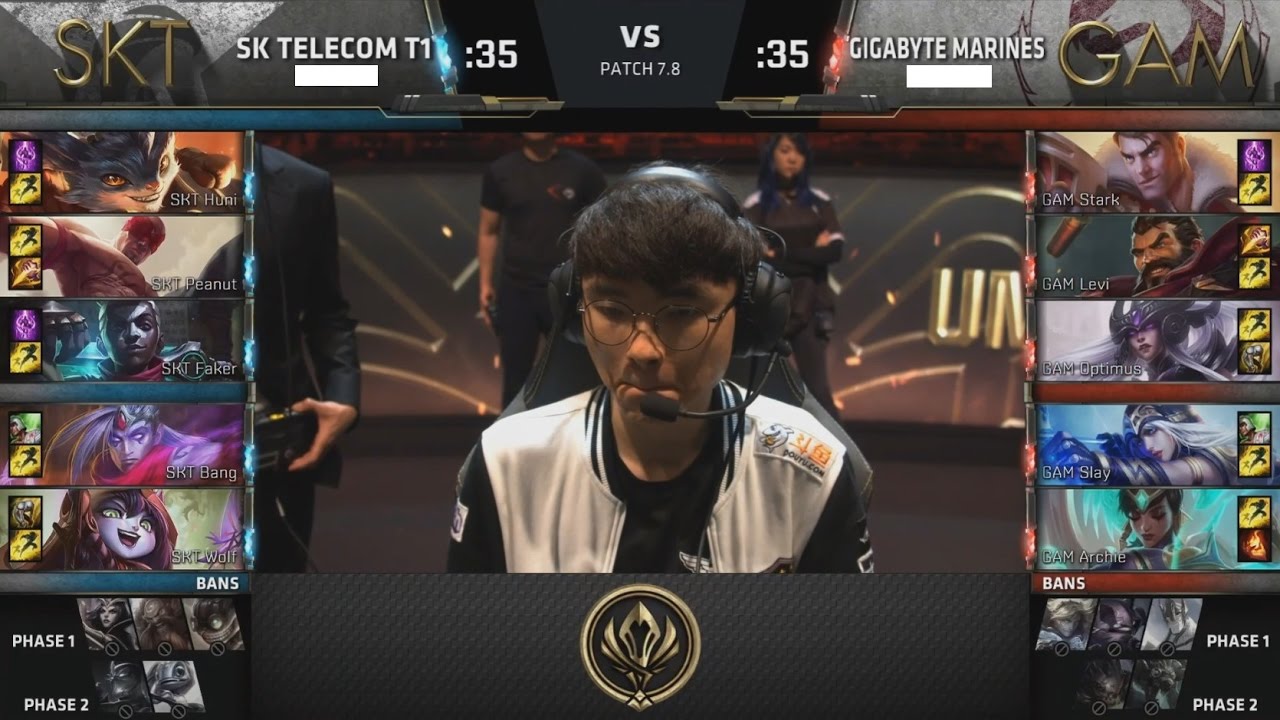As the footprint of esports continues to expand, people from outside the esports industry are bringing their knowledge and expertise to help grow the sport.
I sat down with three experts who have moved into the esports industry recently to get their take on the challenges esports face, what are some of the biggest upsides to the growing industry and where esports are heading. Ken Ungar, Mark Coughlin, and Jason Moore all have extensive experience outside of esports and have brought a wealth of knowledge to the industry.

Unlock premium content and VIP community perks with GB M A X!
Join now to enjoy our free and premium membership perks.
![]()

![]()